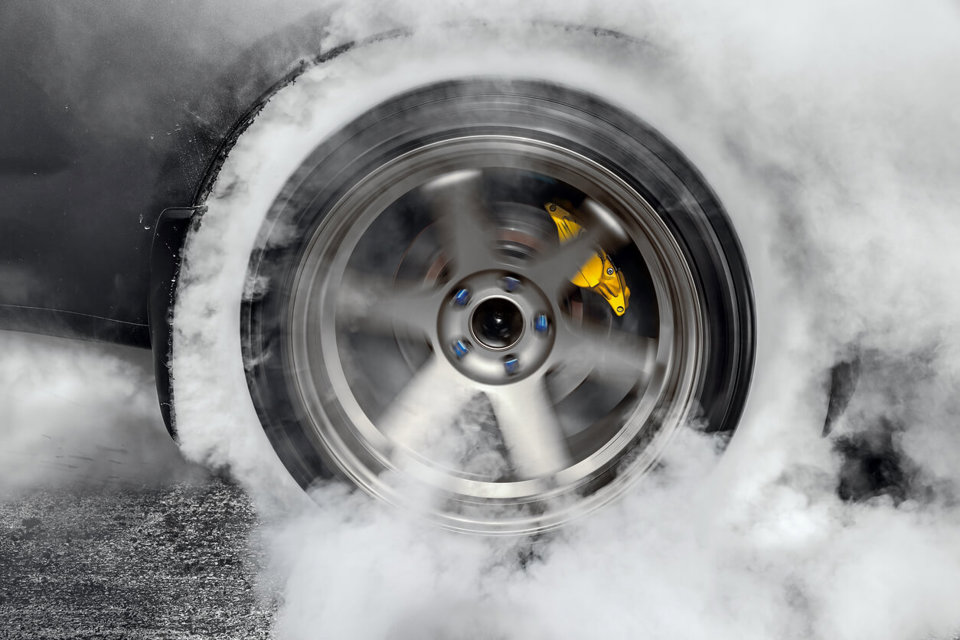Most of Britain’s van fleet operators are probably looking to save costs at present.
Some will be cutting staff, others will be inadvisedly slashing back on vehicle maintenance and still more will be extending the lifecycle of their vans.
But few will probably be aware that by simply keeping the tyres on their vans at the correct pressures, they could save substantial amounts on their fuel bills.
Now, a UK safety body has highlighted the cost-saving benefits of properly-inflated tyres.
TyreSafe is the new name for the Tyre Industry Council, a not-for-profit organisation set up with the responsibility of raising the awareness of the importance of the dangers of defective and worn tyres.
According to a member company, driving on tyres which are just 10 psi under the vehicle manufacturer’s recommended pressure can increase fuel consumption by 2.5%.
By keeping tyres at their correct pressures, drivers can travel further on each tank of fuel, and reduce their CO2 emissions.
Stuart Jackson, chairman of TyreSafe, said: “Making sure that tyres are correctly inflated costs nothing yet can save significant sums of money.
“By taking just a few minutes once a month to check tyre pressure levels and adjust them to the recommended levels, significant improvements in road safety can be made but also drivers will see a reduction in their fuel consumption.”
When tyres are under-inflated, the contact patch with the road surface gets larger, causing increased drag, which in turn places more load on the engine.
Research by TyreSafe revealed that one-in-20 van drivers were unaware that running a vehicle on under-inflated tyres leads to an increase in fuel consumption.
The research also showed that even those people who were aware that fuel consumption would increase were still not checking their tyre pressures regularly enough.
Fewer than half of respondents had checked their tyre pressures within the last month, the maximum period recommended by TyreSafe between checks.
Running under-inflated tyres also causes tyres to wear out quicker.
At lower levels of under-inflation, the tyre’s contact patch with the road surface is reduced to two small areas towards the outer edges of the tread.
With the full load placed on these areas, the tread wears at a much higher rate, drastically reducing the performance of the tyre and forcing owners to replace them much sooner than they would otherwise have needed to.
By running tyres at just 80% of the recommended pressure, fleets can expect tyre life to be reduced to around 75%.
Top tips
- Check your tyre pressures at least once a month.
- Tyre pressures should be checked against the recommended level which can be found in the vehicle handbook and on a plate which is often located inside the fuel filler cap.
- If you are carrying a full load or will be towing a trailer or caravan, pressures should be increased in line with the vehicle manufacturer’s recommendations.
- Check the pressure when tyres are cold (i.e. when you have travelled less than two miles).
- Ensure a reliable and accurate gauge is used.
- Check the pressure of all four tyres, not forgetting the spare.
- When checking pressures, give the rest of the tyre a visual inspection. Remove any stone or other objects embedded in the tread. Look out for any bulges, lumps or cuts.
- If you are unsure on any aspect of tyre pressure or condition take your vehicle to an approved fitting centre and speak to a specialist.
















Login to comment
Comments
No comments have been made yet.